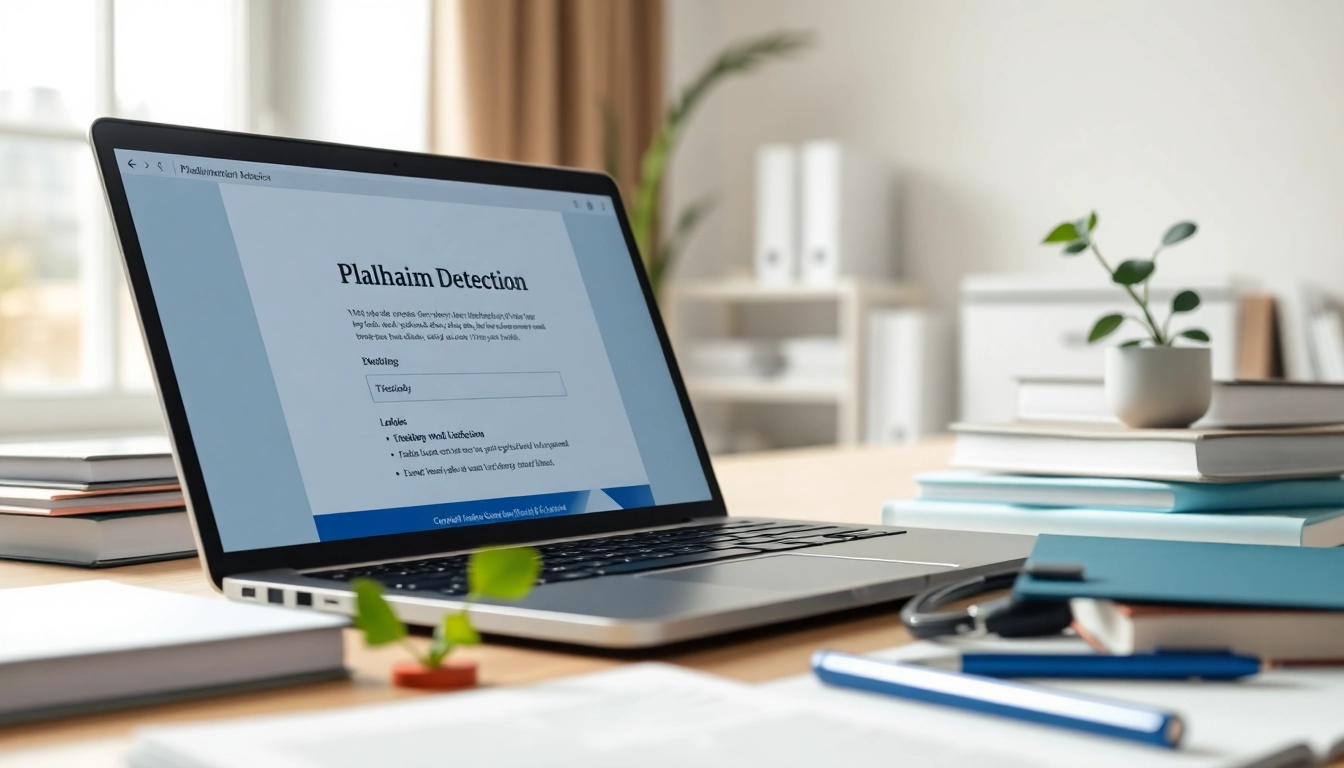Understanding Plagiarism and Its Consequences
Plagiarism is a term that resonates deeply in academia and the professional world alike. It refers to the act of using someone else’s work, ideas, or intellectual property without proper acknowledgment, effectively presenting it as one’s own. This article aims to explore various facets of plagiarism, particularly focusing on its implications, detection, and prevention.
What Constitutes Plagiarism?
To fully grasp the concept of plagiarism, it’s crucial to understand several key elements that define it:
- Direct Copying: Reproducing text word-for-word without citation is the most recognizable form of plagiarism.
- Paraphrasing: Even if you rephrase an author’s work without credit, it still counts as plagiarism.
- Self-Plagiarism: Submitting one’s previous work as new is also considered unethical in many contexts.
- Unintentional Plagiarism: This occurs when individuals fail to cite their sources appropriately due to lack of knowledge or understanding.
The Impact of Plagiarism on Academic Integrity
Plagiarism not only undermines the trust placed in academic institutions but also affects the spirit of learning. For students, committing plagiarism can lead to serious penalties:
- Academic sanctions, such as failing grades or expulsion.
- Damage to one’s reputation, making it difficult to gain future academic or employment opportunities.
- Loss of credibility for educational institutions, which can impact enrollment and funding.
Legal Repercussions of Copyright Infringement
Beyond academic consequences, plagiarism can also lead to severe legal repercussions, especially concerning copyright infringement. Individuals found guilty may face:
- Monetary fines or settlements.
- Injunctions prohibiting further use of the plagiarized material.
- Publicity that could harm career prospects.
Choosing the Right Plagiarism Checker Tool
With numerous plagiarism detection tools available, selecting the right one can be daunting. A reliable plagiarism checker can save time and ensure the originality of your work.
Key Features to Look for in a Plagiarism Checker
When choosing a plagiarism checker, consider the following features:
- Database Size: A larger database increases the chances of detecting matches.
- AI Capabilities: Advanced checkers employ AI to identify paraphrased content accurately.
- Real-time Scanning: Ability to check work on the go can be particularly useful for students and professionals.
- Detailed Reports: Look for tools that offer comprehensive reports highlighting exact matches and sources.
Comparison of Top Plagiarism Checker Options
Here’s a brief look at some popular plagiarism checkers and their key features:
- Grammarly: Offers plagiarism checking alongside grammar and style suggestions.
- PapersOwl: Known for its user-friendly interface and accuracy.
- Duplichecker: A free option that provides basic plagiarism detection.
- Scribbr: Uses university-level detection technology and supports multiple file formats.
Cost vs. Benefit Analysis of Plagiarism Checkers
While many plagiarism checkers offer free services, they often have limitations. Premium versions provide more features and comprehensive results:
- Free Checkers: Good for quick checks but may lack in-depth analysis.
- Premium Checkers: Worth the investment for serious writers who want detailed insights and support.
How to Use a Plagiarism Checker Effectively
Using a plagiarism checker correctly can help ensure the integrity of your written content. Here’s how to make the most of these tools:
Step-by-Step Guide to Running a Plagiarism Check
- Select the Right Tool: Choose a plagiarism checker based on your needs and budget.
- Upload Your Document: Follow the instructions to upload your work or paste the text directly.
- Initiate the Scan: Start the plagiarism check and wait for the processing to complete.
- Review the Results: Analyze the report for any flags or highlights indicating potential plagiarism.
Interpreting the Results from Your Plagiarism Checker
Understanding the results is crucial. Here’s how to interpret common findings:
- Exact Matches: These indicate sections of text that are directly copied. Take immediate action to correct them.
- Paraphrased Content: If flagged, ensure you provide proper citations to the original sources.
- Percentage of Plagiarism: A higher percentage might need thorough checking, while a lower percentage may be acceptable depending on your context.
Adjusting Your Writing Based on Feedback
Using the feedback from a plagiarism checker allows for growth and improvement:
- Revise any flagged areas to enhance originality.
- Strengthen your understanding of proper citation to avoid future issues.
- Utilize the tools’ recommendations for style enhancement, thus improving overall writing quality.
Best Practices for Avoiding Plagiarism
Proactive measures can significantly reduce the risk of plagiarism. Here are recommended best practices:
Proper Citation Methods and Guidelines
Every academic field has specific citation styles: APA, MLA, Chicago, etc. Familiarize yourself with the required format in your field:
- Direct Quotations: Always use quotation marks and citations for verbatim sources.
- Attribution: Clearly attribute ideas to their original authors to maintain academic honesty.
- Reference List: Include a comprehensive list of all sources consulted to lend credibility to your work.
Understanding Paraphrasing vs. Quoting
Understanding how to integrate others’ ideas into your writing is crucial:
- Paraphrasing: Simply rephrasing doesn’t eliminate the need for citations; it still requires acknowledgment.
- Quoting: Use quotes sparingly and ensure accessibility to the original context.
Using Technology to Prevent Plagiarism
Technology can be your ally in preventing plagiarism:
- Research Management Tools: Programs like Zotero help organize sources properly.
- Writing Assistants: Tools that integrate plagiarism checkers can help writers identify issues in real-time.
- Educational Resources: Engage with online tutorials or workshops on ethical writing practices.
Future of Plagiarism Detection Technology
The landscape of plagiarism detection is evolving rapidly due to advancements in artificial intelligence and technology.
Emerging Trends in AI and Plagiarism Checkers
AI is reshaping how plagiarism checkers function:
- In-depth Analysis: Future tools will be capable of understanding context and identifying subtler forms of plagiarism.
- Language Processing: Enhanced algorithms will analyze nuances in style and writing, improving detection.
- Integration of Feedback: AI can provide real-time suggestions and corrections to avoid plagiarism when writing.
The Role of Educational Institutions in Combating Plagiarism
Educational institutions have a critical role in fostering academic integrity:
- Workshops and Ethics Courses: Many places are introducing mandatory courses on academic integrity.
- Using Plagiarism Checkers: Institutional subscriptions to high-quality plagiarism checkers can help uphold standards.
- Encouraging Original Work: Incentives for original research can reinforce the importance of ethical scholarship.
Anticipated Developments in Plagiarism Detection Tools
The future of plagiarism detection tools looks promising with anticipated developments:
- Integration with Educational Software: Seamless use of plagiarism detection in content management systems.
- Broader Database Access: Expanding databases that include a wider range of sources, including unpublished works.
- User Education: Tools designed to educate users on the importance of citation and ethical writing.



